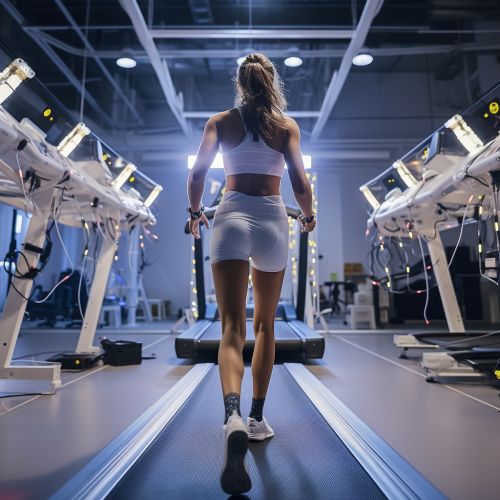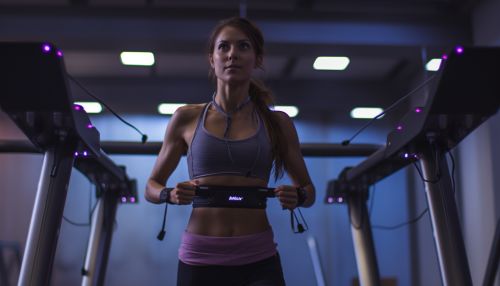Gait Analysis
Introduction
Gait analysis is the systematic study of animal locomotion, more specifically the study of human motion, using the eye and the brain of observers, augmented by instrumentation for measuring body movements, body mechanics, and the activity of the muscles. Gait analysis is used to assess, plan, and treat individuals with conditions affecting their ability to walk. It is also commonly used in sports biomechanics to help athletes run more efficiently and to identify posture-related or movement-related problems in people with injuries.
History
The study of gait analysis has a long history, dating back to the early works of Aristotle, who was one of the first to make detailed observations of animal locomotion. In the 19th century, the advent of photography allowed for more precise study of human and animal movement. The development of modern gait analysis is often attributed to the work of Eadweard Muybridge, a British photographer who used multiple cameras to capture motion in stop-motion photographs. His work paved the way for the first true motion capture systems, which used reflective markers and multiple cameras to track movement in three dimensions More on Muybridge.


Gait Cycle
The gait cycle is the sequence of motions that occur from the time one foot contacts the ground until the same foot contacts the ground again. It can be divided into two main phases: stance phase and swing phase. The stance phase begins when the foot first contacts the ground, and ends when the toe lifts off the ground. The swing phase begins when the toe lifts off the ground, and ends when the foot contacts the ground again. These phases can be further divided into sub-phases to analyze specific aspects of gait More on Gait Cycle.
Gait Analysis Techniques
There are several techniques used in gait analysis, ranging from simple observational methods to sophisticated instrument-based techniques.
Visual Observation
Visual observation is the simplest method of gait analysis and involves watching a person walk and making assessments based on their movement. This method is subjective and relies heavily on the skill and experience of the observer.
Video Analysis
Video analysis involves recording a person's gait for later review and analysis. This allows for slow-motion and frame-by-frame analysis of gait, which can reveal subtle abnormalities that may not be visible during real-time observation.
Instrumented Gait Analysis
Instrumented gait analysis uses specialized equipment to measure various aspects of gait. This can include force platforms to measure ground reaction forces, motion capture systems to measure joint angles and body segment positions, and electromyography to measure muscle activity More on Instrumented Gait Analysis.
Clinical Applications
Gait analysis is used in a variety of clinical settings to assess and treat individuals with conditions affecting their ability to walk. This can include neurological conditions such as stroke or Parkinson's disease, orthopedic conditions such as osteoarthritis or fractures, and pediatric conditions such as cerebral palsy. Gait analysis can help clinicians understand the underlying causes of gait abnormalities, guide treatment decisions, and monitor the effectiveness of treatment interventions More on Clinical Gait Analysis.
Research and Future Directions
Gait analysis is a rapidly evolving field, with ongoing research aimed at improving the accuracy and usefulness of gait analysis techniques. Future directions for gait analysis research include the development of more sophisticated motion capture systems, the integration of machine learning techniques for automated gait analysis, and the exploration of new applications for gait analysis in areas such as sports performance and fall prevention.
